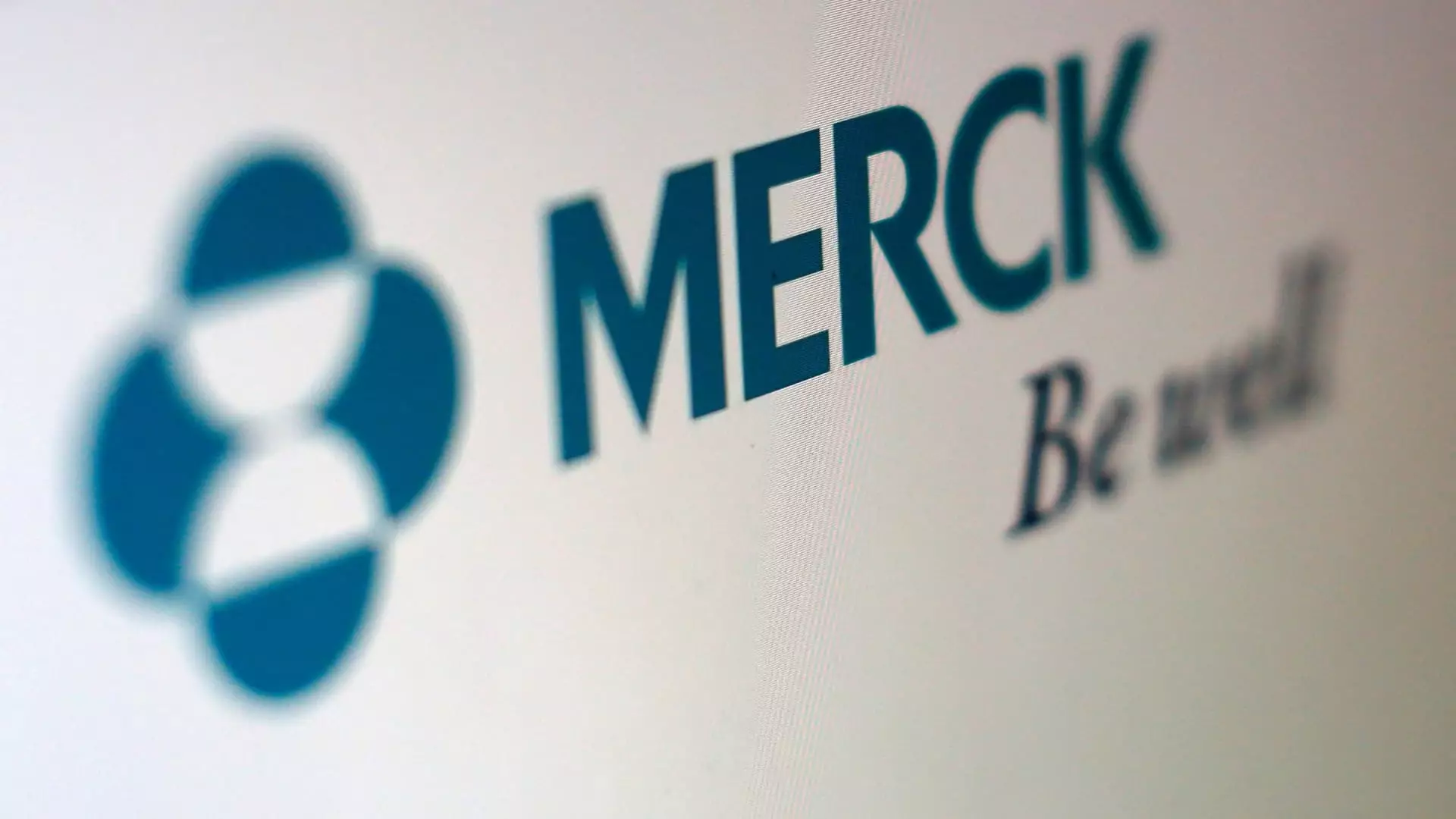In a striking turn of events, the FDA has thrown its weight behind Merck’s groundbreaking treatment, Enflonsia, designed specifically to shield infants from respiratory syncytial virus (RSV) during their crucial first year. This approval could put Merck on the map as a formidable competitor in a field currently dominated by Sanofi and AstraZeneca with their highly regarded drug, Beyfortus. The historical context of RSV is grim; it’s been implicated in numerous hospitalizations and tragically numerous fatalities among the vulnerable infant population. This new intervention arrives at a pivotal moment to address a significant public health challenge.
Merck has made it clear that they understand the urgency, stating that orders for Enflonsia are expected to start coming in as early as July—just in time for the RSV season that usually intensifies in the fall. Ensuring that this treatment is readily available could significantly ease the burden on families grappling with the infectious threat this virus poses to their children. As we witness the premature triumph over RSV through innovative approaches, it raises an essential question: Should traditional medical paradigms yield to faster solutions in the face of urgent health crises?
Merck vs The Competition: A Closer Examination
Let’s dissect the rivalry brewing between Enflonsia and Beyfortus. One significant advantage of Merck’s offering is its weight-agnostic administration; unlike Beyfortus, which requires dosage based on an infant’s weight, Enflonsia simplifies the process for healthcare providers and parents alike. This small yet crucial detail could translate into better adherence to treatment recommendations when facing the pressures of hectic hospital environments.
However, it’s essential not to overlook the hurdles that Merck will have to jump, especially in a competitive landscape. While there were supply chain inconsistencies for Beyfortus last year, due to overwhelming demand, Sanofi has announced an aggressive plan to ramp up production well before this year’s RSV surge. But is this indicative of an industry-wide failing? Shouldn’t robust strategies for equitable access across the board already be in place for such life-saving treatments?
The Elephant in the Room: Safety and Surveillance
As Marck and other companies roll out new treatments quickly, an undercurrent of concern is palpable—particularly about the safety of these new medications in young children. The FDA’s recent decision to pause trials of RSV shots in young children reflects underlying anxieties and potential risks that accompany launching treatments into the market under pressing circumstances. Our collective urgency to protect young lives is commendable, but are we overly willing to overlook long-term safety for immediate solutions?
Moreover, the pace at which healthcare systems adapt to new interventions must be scrutinized. With a full lineup of RSV vaccines from companies like Pfizer, GSK, and Moderna, the landscape is becoming crowded. The looming meeting of vaccine advisors to the CDC could shape future recommendations, but stakeholders should remain vigilant. It’s your responsibility to question whether our medical frameworks are built to handle such rapid change, especially for vulnerable populations.
Looking Beyond: The Broader Implications
The implications of this approval reach far beyond the pharmaceutical realm. The stakes are particularly high for families, healthcare practitioners, and systemic structures surrounding pediatric care. As we navigate emerging treatments, a glaring issue remains untouched: equitable access. Will every family genuinely benefit from Enflonsia? We must remain cognizant of disparities in healthcare access and affordability as we celebrate this breakthrough.
While Merck and its competitors strive to develop effective solutions, they must also tackle the ethical dimensions that come with these advancements. A spirit of collaboration should be at the forefront of this healthcare race, ensuring that innovative treatments reach those who need them most, regardless of their socioeconomic status. As the market gets ready for the impending RSV season, it will be incumbent upon all stakeholders to advocate for transparency, responsibility, and heightened awareness of the issues that intertwine with this complex web of pharmaceutical advancements. The fight against RSV is far from one-dimensional, but with Enflonsia rolling out, we may very well be on the precipice of transforming pediatric healthcare for the better.

